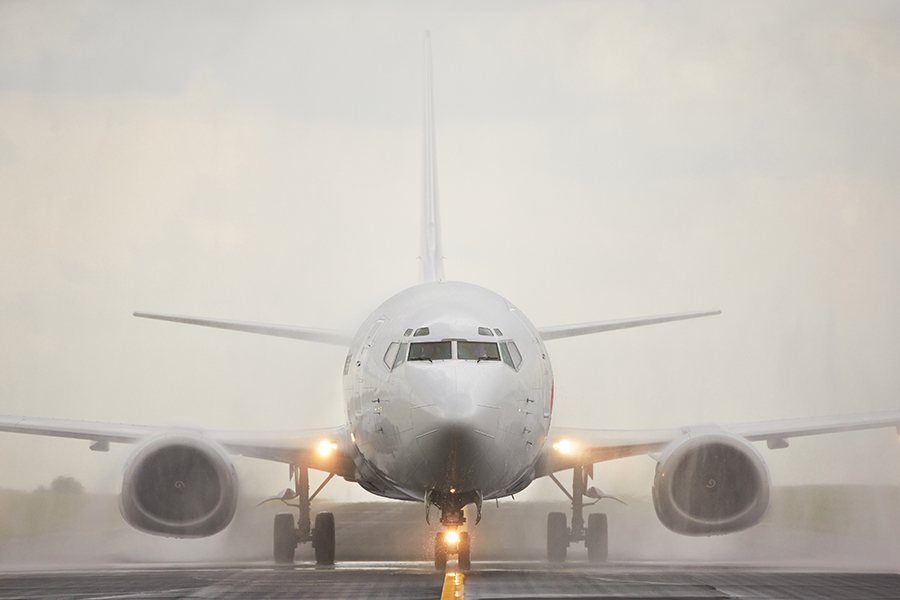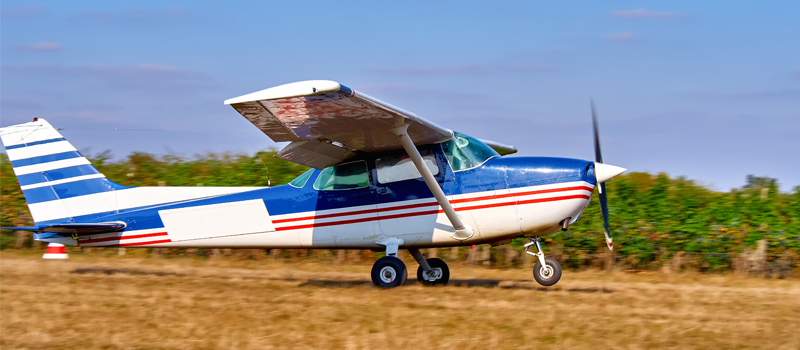Yes, planes can fly in rain. Nowadays, airplanes are designed to fly in most weather conditions, even heavy rain. Even small planes can comfortably fly in heavy rain.
Rain only becomes a threat when associated with other weather conditions, such as snow, thunderstorms, or ice.
But what weather conditions can aircraft not safely operate in? Under what conditions should a flight be canceled rather than delayed? What weather conditions can force a flight to take a different route while already in the air?
Let’s look at different weather conditions and how they affect aircraft operations.
Flying in Heavy Rain
For the most part, rain doesn’t interfere with flights. Heavy rain will only become an issue when visibility is reduced near the runway or unique weather phenomena is present that cause rain droplets to freeze onto the aircraft. In general, airplanes can handle significant amounts of rain without issue!
When flying in heavy rain, the most important consideration is visibility. During a commercial flight, an airliner does not require forward visibility when in the air, as the aircraft is piloted using instruments. It is only during taxi (moving on the ground), takeoff, and landing that forward visibility is required.
If rainfall is heavy enough, forward visibility may be reduced below the amount necessary for safe operation close to and on the ground. This phenomenon is generally short-lived and rare and is usually only associated with thunderstorms.
Clouds associated with thunderstorms tend to move relatively quickly. As such, the rain associated with thunderstorms varies in intensity for a given location.
Flying in Thunderstorms
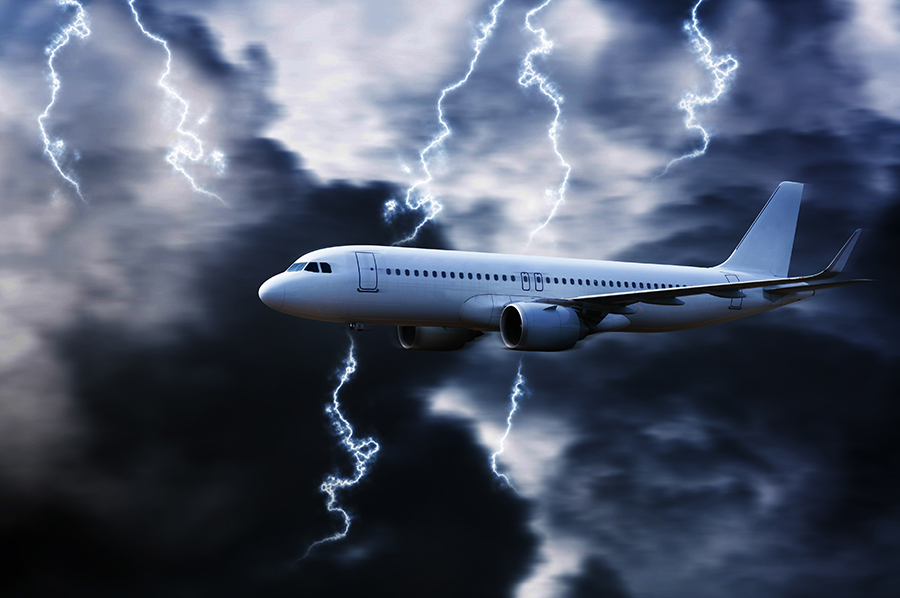
Thunderstorms can be dangerous for aircraft to fly through. Thunderstorm clouds contain strong updrafts and downdrafts and moderate to severe turbulence. Additionally, lightning presents an additional concern. As such, pilots avoid flying close to or through thunderstorms.
When thunderstorms become unavoidable (e.g., when they are positioned over the destination airport), the safest course of action is to wait for them to move or divert the flight entirely. Pilots will almost always either fly around the thunderstorm or take a different route that avoids it entirely, if possible.
Pilots use weather radar and weather reports to help them stay clear of thunderstorms. Weather radar gives pilots a visual image of the weather around an aircraft. This allows pilots to identify thunderstorms and other dangerous weather conditions. Weather reports are also important for pilots. These reports give pilots information on the forecasted weather conditions for a given area.
With all of the equipment and information available, thunderstorms are rarely an issue to an aircraft in flight.
Flying in Clouds
Clouds, and even low clouds, are not typically an issue for airplanes. Although clouds themselves are not threatening, the lack of visibility that they produce may be an issue.
As previously mentioned, visibility is not required during flight except for taxi, takeoff, and landing. Therefore, if clouds are close to or on the ground near a runway, they may present an issue. This kind of low cloud is known as fog, which we’ll explore next.
Flying in Fog
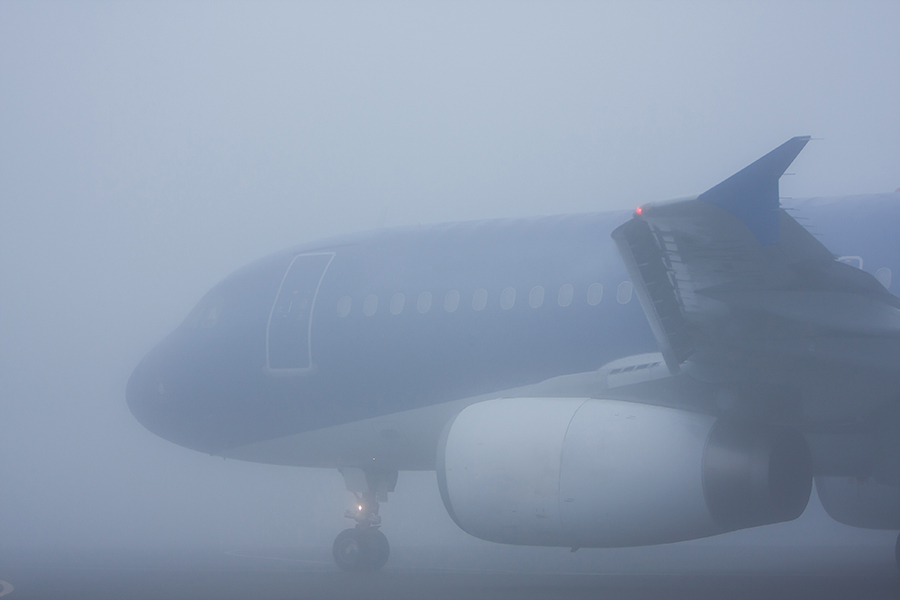
Fog is usually present in isolated areas and is generally found in patches. For example, one airport might be experiencing heavy fog while another close by has clear skies. All types of aircraft can be impacted by fog or bad visibility, leading to potential flight delays.
Most commercial planes have autopilots that can land the plane even if the visibility is zero. On the ground during taxi and takeoff, when the aircraft is being flown manually, visibility becomes more of an issue.
If an airport’s visibility decreases to an unsafe level, the airport will initiate Low Visibility Procedures (LVPs). These procedures effectively reduce the number of aircraft taxiing and taking off to increase safety margins and prevent accidents due to low visibility.
Although many planes can now land automatically in even the most extreme weather conditions, this does not mean they can take off again. In fact, if there is zero visibility, it may be impossible for the plane to taxi and take off at all, as this process requires manual operation.
Flying in Wind
Wind in and of itself is not dangerous to an aircraft. The speed and direction can cause challenges during landing and takeoff, however.
When an aircraft is pushed forward through the air by a tailwind, it travels faster and reaches its destination more quickly. A headwind causes the aircraft to “struggle” against the wind, reducing the ground speed and prolonging travel time. Longer transatlantic flights exhibit the most significant time differences due to wind.
To prepare for takeoff and landing, airplanes typically adjust their position to face the wind for better performance. If there is a crosswind, it can become more difficult to takeoff or land safely. To counteract this, airlines impose operational limits based on the wind component moving across the runway (i.e., the crosswind). By having multiple runways facing different directions, airports can account for crosswinds and let pilots use the ideal runway, given the current conditions.
While strong winds can make for a bumpy ride, turbulence is more of a nuisance than an actual safety hazard. Turbulence, while certainly uncomfortable, will rarely cause any issues. Most incidents resulting from turbulence are related to passengers and crew injuring themselves inside the cabin.
Flying in Hot Weather
Though modern airplanes are designed to function well in warm weather, hot temperatures affect the plane’s capabilities.
Because hot air is thinner than cool air, it can reduce engine output and aerodynamic efficiency. Hotter temperatures increase the amount of runway needed for takeoff, as well as reduce performance and maximum payload.
Although it’s generally never too hot or sunny enough to affect flights, hot weather conditions are still factored into the aviation weather data and flight plans.
Flying in Snow or Ice
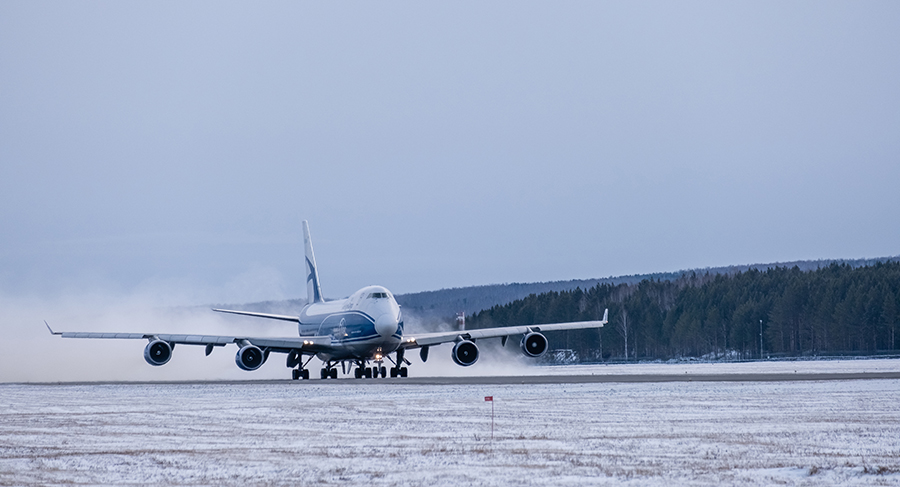
Ice can become dangerous if it builds on the wing, as it will disturb the aerodynamics of the wing and significantly reduce lift and increase drag.
Luckily, modern airplanes are not only designed to withstand frigid temperatures and heavy snowfall but are designed to function well in those conditions. Therefore, when it comes to ice or snow, the primary concern is the runway’s condition and ensuring no ice is present on the aircraft before departure.
Many airplanes are equipped with de-icing equipment, so they don’t have to worry about ice or snow once they’re in the air. Although de-icing equipment has progressed significantly since its inception, flight operations must still be cautious of weather phenomena such as freezing rain. As such, pilots use weather radar, visual inspection of the wing, and reports from other aircraft to avoid altitudes and regions where icing conditions are present.
Snow is less dangerous than ice and only really presents an issue during takeoff and landing. Snow on a runway will increase takeoff and landing distances, and special procedures and training ensure that pilots can maintain control during takeoff and landing.
Conclusion
Weather is an essential factor when considering aviation safety. While pilots and airports can manage most aspects of bad weather, some conditions are beyond their control. Low visibility due to fog or thunderstorms are examples of conditions requiring specific procedures to manage.
Wind can also present challenges in the form of crosswinds and turbulence, but these conditions can be managed. As long as pilots remain vigilant and airports adhere to their safety guidelines, bad weather does not need to present a significant risk for aviation.
Furthermore, it is vital that passengers are mindful of their own safety during turbulent weather conditions and follow the instructions of the flight attendants.
The safety of aviation is paramount and requires not just good training and modern technology but also an understanding of how different aspects of weather affect aircraft performance. By staying aware of the risks associated with bad weather, pilots and airports work together to ensure safe operations for all passengers.
